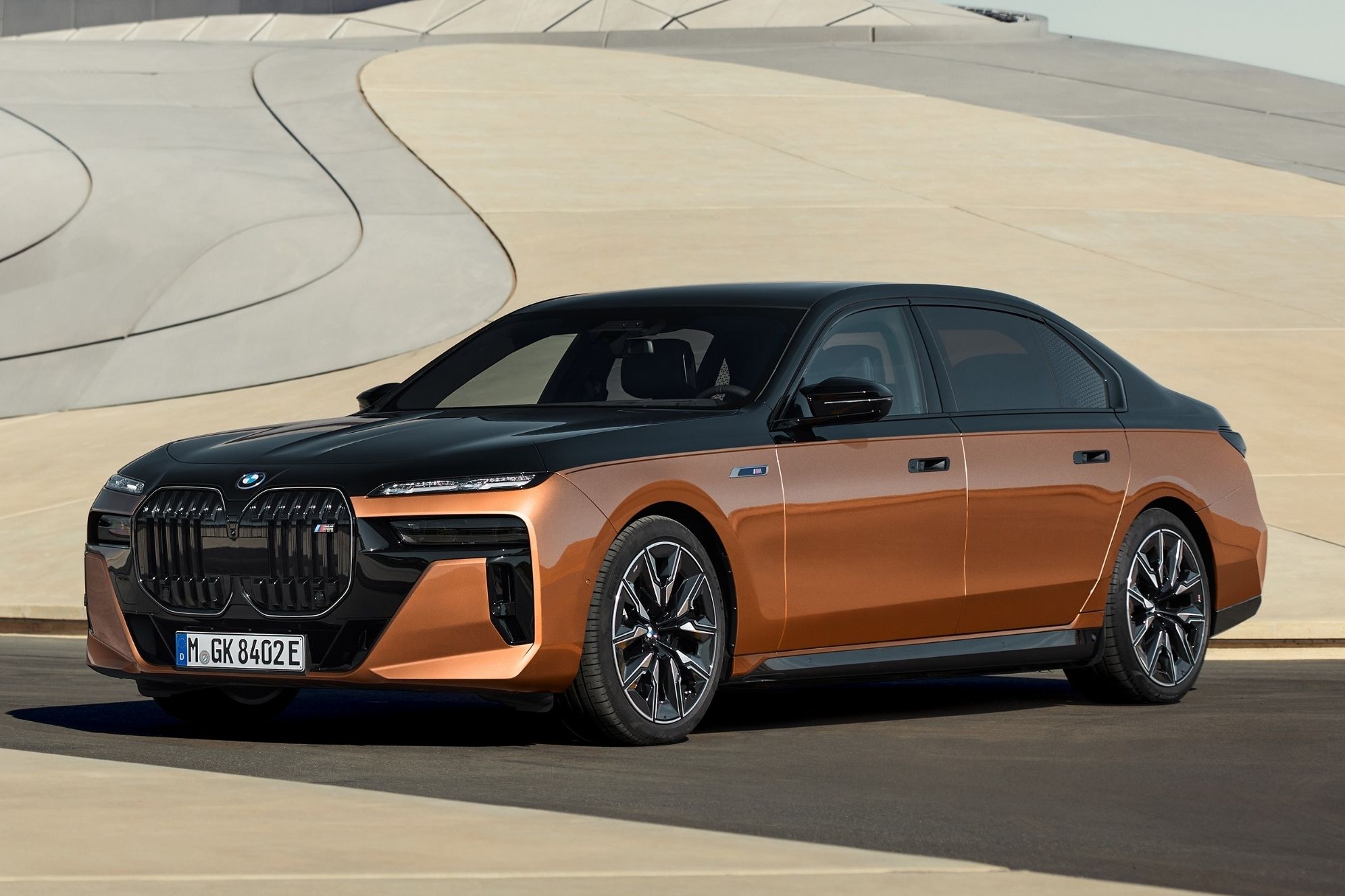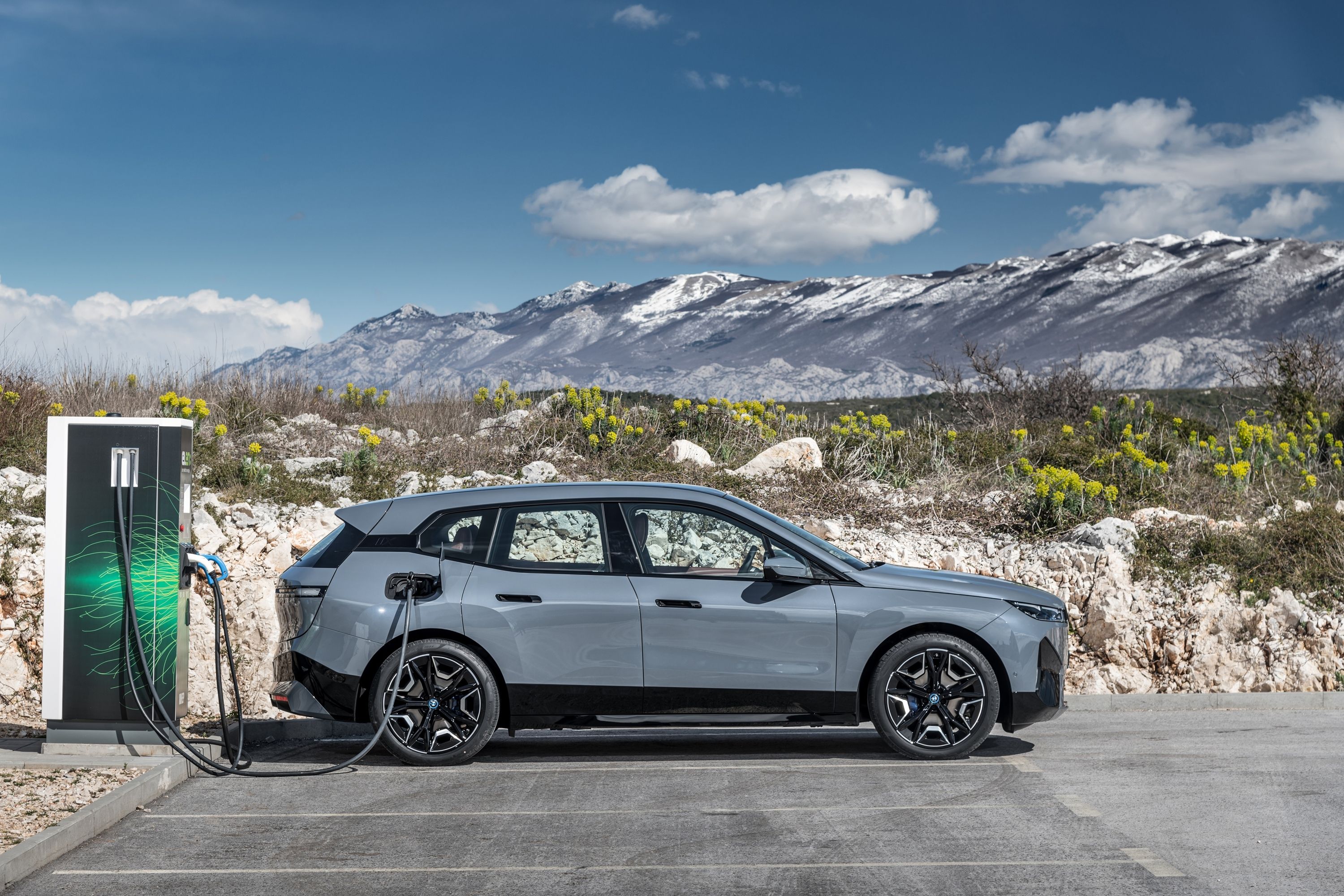
In California, BMW of North America has started testing vehicle-to-everything (V2X) technology for electric vehicles, a project that will specifically assess how these EVs can reduce demand on the power grid and even help owners of these cars lower their electric bills.
A collaboration with Pacific Gas and Electric Company (PG&E), the project is being held in California since around 40% of all EVs in the USA are found in this state. This initiative builds upon the ChargeForward smart charging program announced by BMW and PG&E previously, whereby PG&E customers who drive an electric BMW were provided with incentives when charging with renewable energy.
At its core, V2X allows vehicles to communicate with another entity, be that another vehicle, a device, or even a piece of infrastructure.
The technology has been tested in multiple scenarios before. For instance, Ford demonstrated how a vehicle in an emergency could interpret and send this data to other vehicles in the vicinity, so drivers could be warned of an impending danger long before they see it. Audi tested cellular vehicle-to-everything (C-V2X) tech that could be used to alert drivers approaching hazardous construction zones or even areas where buses are picking up children from school.
In BMW's case, the V2X testing may not focus on safety but is no less important. The project is taking place at PG&E's Applied Technology Services (ATS) Lab in San Ramon, and learnings here could translate into customers more easily using their EVs as backup power generation at home.
When EV drivers have excess stored energy in their vehicle batteries, this could be returned back to the grid - specifically during high-demand conditions - and customers can be compensated for this. With V2X, the amount of greenhouse gas-free resources can be increased, and more clean energy will be available at peak times of day.
BMW says that based on results it has already obtained, a vehicle-to-home connected EV can provide about double the renewable energy that would typically be used by a California household on an average day.
Sending power back to the grid in this way may seem like a nicety right now, but bidirectional charging in this manner may become mandatory in California if a newly proposed law is anything to go by.
BMW did not say which vehicles were being used as part of the test, but it shared a single image of an i7, probably a wise choice as it has a larger battery than smaller BMW EVs. The company's iX would also be a good choice for the program.
"Electric grid sustainability is becoming an increasingly complex challenge across the US," said vice president of Engineering at BMW of North America, Adam McNeill. "That's why we started our ChargeForward program in 2015, to connect our vehicles, our customers, and the grid. V2X takes smart charging to the next level, exploring how EV batteries can be used for backup generation and other grid services."
Aaron August, PG&E vice president of Utility Partnerships and Innovation, said that "clean-powered EVs are vital to the battle against climate change."
The two companies will extend their partnership until March 2026 as smart charging and V2X testing continues.

